The weather has taken a spectacular turn across the Finger Lakes, with some very nice November weather in store for this week. How common or uncommon are temperatures this warm in the Finger Lakes?
Temperatures over the next few days may reach 70 degrees in some spots, while the rest of the Finger Lakes enjoys mid and upper 60s. I have already seen a number of posts on the internet either 1) exclaiming how strange it is for it to be so warm in November or 2) trying to use the warmth to back up predictions of a warm winter.
So I was curious- is it really that warm, or is this just another case of the internet making more out of something than there really is?
When looking at the climate of the Finger Lakes, my go-to observation station is Ithaca. As I explained in my Winter Weather forecast, the microclimates of the Finger Lakes vary greatly, but Ithaca makes a good proxy for what may be ‘average’ across the entire region. This is due to its geographic location and the general microclimate at the observation station near the Cornell Campus on Game Farm Road. This station also has a very lengthy and consistent record, dating back to the 1890s.
For this simple analysis, I simply took the maximum November temperature of each year in Ithaca since 1893. There were only about 5 missing years, mostly from the 1910s and 1920s. I then did a few simple statistics on the data, the results of which follow.

The year with the highest November temperature was 1950, when it reached 81 degrees. The year with the lowest maximum temperature was 1907, when the highest it reached was 56 degrees. Out of 116 years in the record, there were only 9 that didn’t reach 60 degrees. In other words, 92.24% of the time, it reaches at least 60 degrees in November.
On the flip side, out of those 116 years, it reached at least 70 degrees in Ithaca 34 times, or 29.31% of the time. That means reaching 70 degrees, which Ithaca may not quite achieve this week, happens on average every 3 or 4 years. A treat, but not all that uncommon.
If we average together all 116 years of data, the average maximum temperature in November for Ithaca is 67 degrees. This is right in line with the current forecasts for Ithaca this week.
Is the maximum November temperature in Ithaca changing over time? Could the data be skewed so that there have been more warm Novembers recently in the record?
The answer to that is no. Below is another plot of the same data. I added a trend-line to the data to see if there was any correlation between the year and temperature. While the trend line does slope upward ever so slightly, the r-squared value- which indicates how strongly correlated the data is, is only 0.03. This means there is virtually no real correlation in the data, and it is just as likely to be very warm in November now as it was 100 years ago.

How about El Nino years and the impact on the winter? Are there any clues in which of the varying winter weather forecasts may be correct in the data?
There are two main camps on this upcoming winter. Many are forecasting a warm winter based off of the strong intensity of the current El Nino. Since this is a strong El Nino, there are many comparisons to the non-winter of 1997-1998. What was November 1997 like in this data set? Below normal, with a maximum temperature of 62 degrees.
The other camp on this winter, which includes my winter weather forecast, is calling for a cold and snowy winter based off of the location of El Nino further west in the Pacific Ocean. The years I looked at for comparison were 1957-1958 and 2002-2003. Both of these Novembers were right on average in this data set, at 68 and 67 degrees respectively.
This point of this final analysis is not to support my winter weather forecast. First, this analysis is overly simplistic and ignores significant other considerations. Secondly, both of my years were ‘average’ in the analysis, so that alone cannot conclude much. But if someone else tries to use the warmth as a talking point to support their winter weather idea, there really isn’t anything substantial to their argument.
In conclusion, I wanted to show this analysis to inform everyone on the normal climate for the Finger Lakes. In our modern day of social media and the constant scramble to be heard in a world where everyone has an online voice, the weather often gets blown out of proportion. This is a reminder to take a step back and take a look at what is really going on behind the noise.
You might be surprised what you find!


Ellie Andrews
Hi,
I read this with great interest at the beginning of November, and now I’m wondering whether the entire month was historically warm or not, for the general Ithaca/FLX area. It sure seemed like it — but I know that memories and impressions can be very inaccurate.
Thanks!
Ellie
Meteorologist Drew Montreuil
Hi Ellie! November 2015 in Ithaca ranked 17th for average temperature over 116 years. The average temperature was 43.1º, well short of the record of 48.7º in 1931.
Ellie Andrews
Thanks!
Ted Schiele
Hi Drew,
Thanks for the background references. My question is about the duration of the warm spell, and whether or not the temp drops to an average low at night. I have a Cornell weather calendar at my desk, and looking at it I see that in November, 14 of the record high temp days are in pairs (7 pairs), that is two sequential days had the record high. That suggests to me a true warm spell, and not just a freak random day.
I’m also interested in heating degree days, though of course a seriously cold spell at another time in the month would wipe out the low degree days now, making the month once again, “normal.”
Lewis Ward
Dear FLW,
Great article. I appreciate the long term observation, record keeping, and analysis.
I was trained in pomology and we tend to watch the weather conditions at particular locations. Responding to your statement “This station also has a very lengthy and consistent record, dating back to the 1890s.”
I recall reading in the literature (an early bulletin) that until about 1910 the official Cornell weather station was out the window of Roberts Hall facing east. Temperatures were reading unusualy high do to heat from the building. So they moved the station out to Game Farm. Perhaps the scientists were studyng temperature variation.
Now for a report on minimum temperatures. Recall the winter of 75-76 the downtown temperature of -22F and we’ve had those temperatures two years in a row in early December ’88 and ’89 in Newfield.
Meteorologist Drew Montreuil
Thanks for the information, Lewis! That is good to know.
I’ll have to take a look at the minimum temperatures too, just for fun!